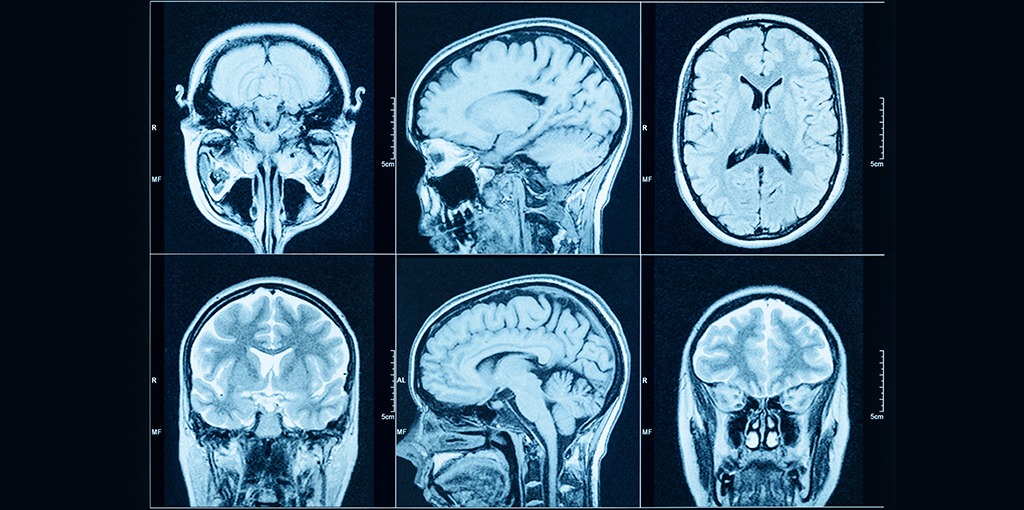New Glioblastoma subgroups identified
Facilitated by the SciLifeLab National Genomics Infrastructure (NGI), researchers from SciLifeLab and Uppsala University have identified previously unknown subgroups, with significantly different survival rates, amongst glioblastoma patients. Their results might pave the way for new, tailored glioblastoma treatments, targeting the different subgroups.
Every year, more than 300 cases of Glioblastoma, the most frequent and lethal brain tumor type, are being discovered in Sweden. Unfortunately, most patients die within a year from the diagnosis despite extensive surgery, radiotherapy and chemotherapy, and so far, the large amount of collected genetic data has not led to any major breakthroughs.
In a recent study, three research groups from Uppsala University and SciLifeLab have worked together to analyze glioblastoma cells from 58 different patients in an effort to shed light on how different progenitor cells might play an important role in tumor development later on. The researchers used ATAC-seq, a new sequencing technology that generates global epigenetics data, which refers to external factors controlling gene activity that are not caused by mutations.
“The work is based on our previous studies where we show that different glioblastoma progenitor cells have a great impact on tumor development and important properties of the cancer cells. Since epigenetic analysis is a very sensitive method for distinguishing normal cell types, we hoped that it would also provide new knowledge about developmental biological mechanisms in glioblastoma,” says SciLifeLab researcher Lene Uhrbom (Uppsala University), who co-led the study together with Xinqi Chen (Uppsala University), in a press release from Uppsala University.
The researchers used ATAC-seq to analyze glioblastoma samples from a unique, local biobank called HGCC (Human Glioblastoma Cell Culture). The patients were then separated into different groups, based on their epigenetic glioblastoma data. By doing this, the researchers could identify three groups, in which central properties, such as invasiveness and treatment resistance, were distinct. Two groups also showed a significant difference in patient survival, which is surprising considering that the two groups are very similar and belong to the same genetic subgroup.
“To understand the background for the epigenetic groups of glioblastoma, we compared the patient data with the same type of epigenetic analysis of glioblastoma cells from mouse models, where the tumors originated from three different normal cell types in the brain. We found a link between the different cells of origin in mice and the three patient groups of glioblastoma. This strengthens the relationship between developmental biological origin and the properties of tumor cells”, says Xingqi Chen.
Their findings, published in Nature Communications, might lead to the development of novel cancer treatments tailored for specific glioblastoma subgroups and the development of new and better prognostic tools.





